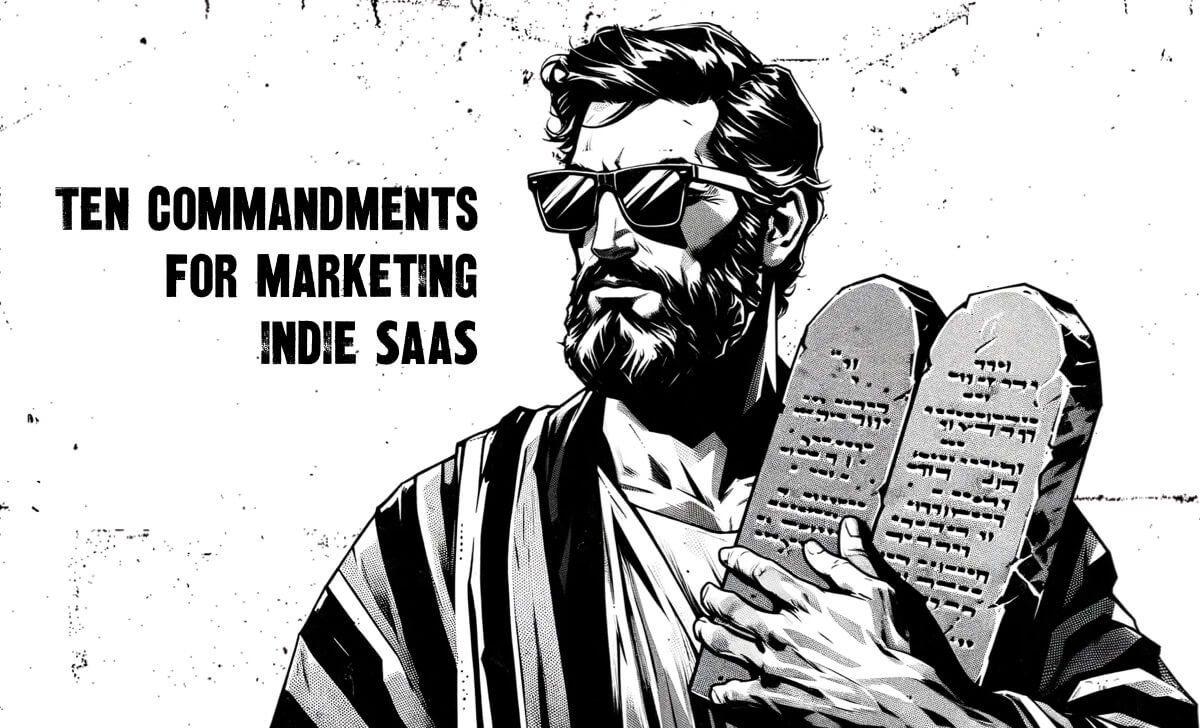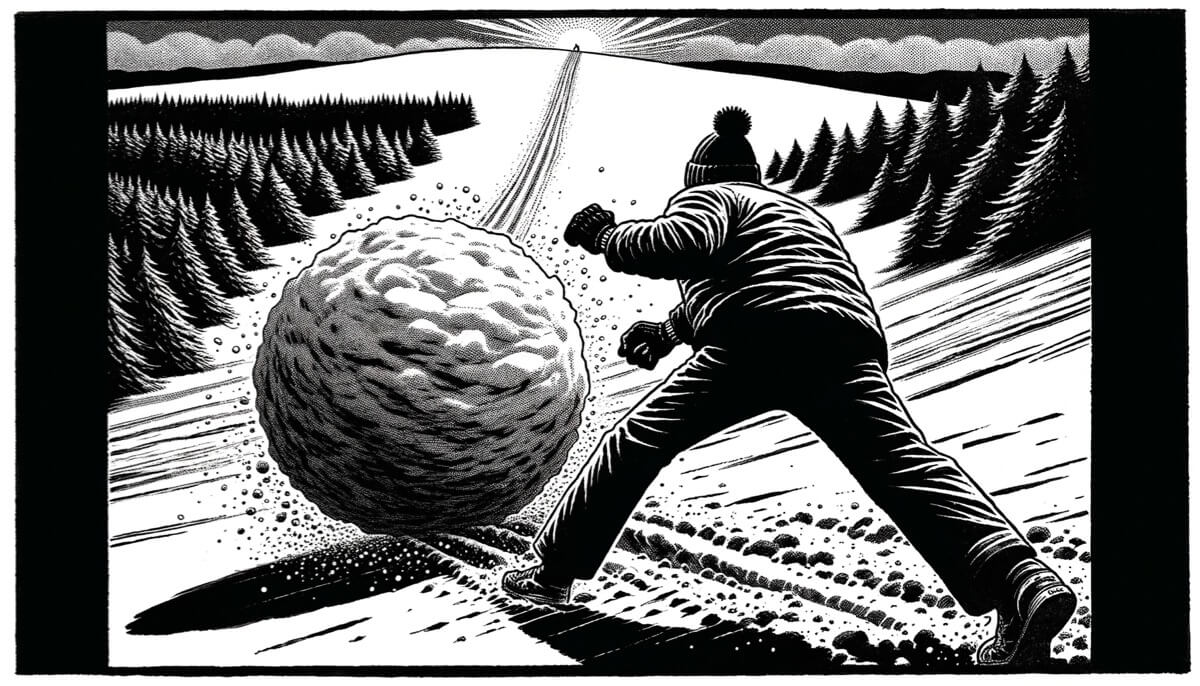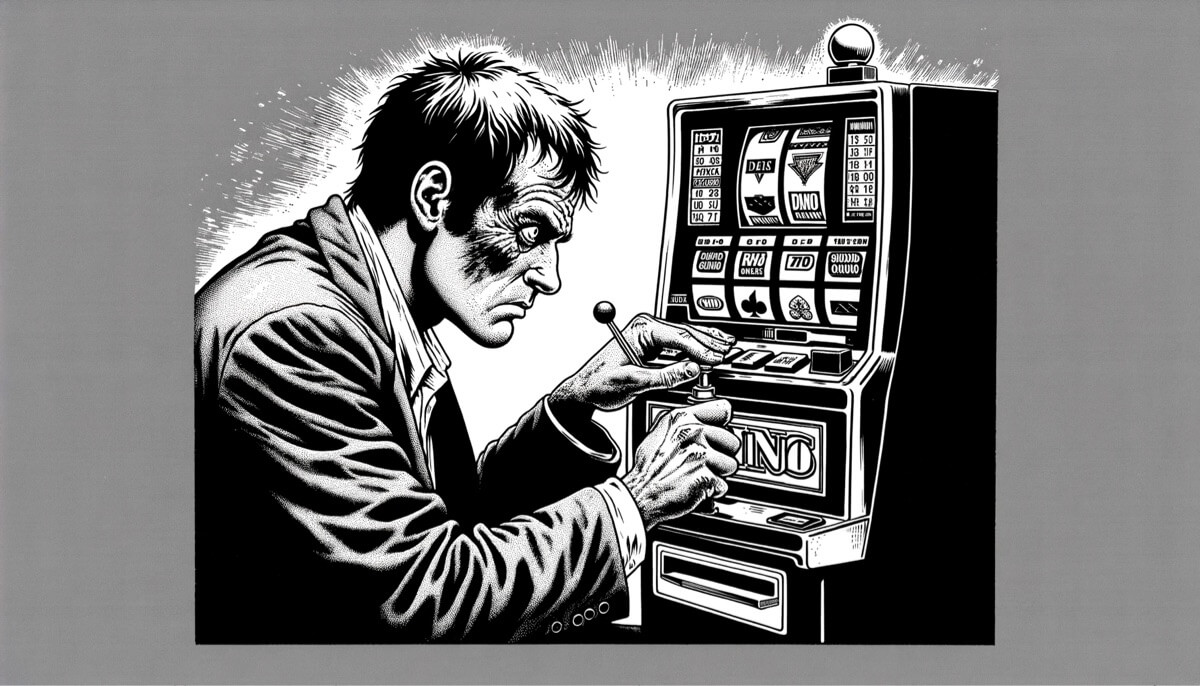Ten SaaS marketing principles for 2024
"Marketing an indie software company today is way harder than 5-10 years ago."
I hear this all the time, and it's true. Almost every category is more competitive, and marketing channels are saturated.
However, there are still overarching marketing principles that will work in 2024.
1. When you deeply understand your category, you'll intuitively find marketing channels that work.
People often ask me: "I'm in the XYZ industry. What are the best ways to reach customers?" My response is always: you should be the expert on the niche you're pursuing.
If you're unfamiliar with the conferences, YouTube channels, Slack channels, podcasts, meetups, and newsletters folks in your category engage with, that's a bad sign! You're the expert on your target customer: you should know how to reach them.
2. Build a product that people are already searching for.
The best form of marketing is when you take pre-existing customer demand and direct that momentum toward your product. Build a product that people are already searching for. Generally, indie entrepreneurs should be building products for customers who are already in motion looking for a solution. If there's no underlying demand, your marketing efforts will be wasted.
3. Have a strong presence on search engines.
When someone wants to buy a toaster, they'll likely type "best toaster" into a Google search. Or, perhaps they'd go to YouTube and type in "toaster reviews."
When they're ready to buy, many customers go to search engines first.
For most products, this will likely be a search on Google. However, there are also other search engines people don't think about: Apple Podcasts, Shopify Apps, WordPress plugin directory, Reddit, Twitter, ChatGPT apps, etc.
Likewise, you'll also want to have a strong presence in communities, meetups, events, forums, Reddit, Slacks, where products like yours get recommended and discussed.
4. Almost every sustainable marketing strategy will include some form of SEO, referrals, and brand building.
As much as possible, it's better to invest in "snowball channels" over "slot machine channels."
Snowball marketing channels
Snowball channels include SEO, mailing lists, blogging, and YouTube. They take a considerable amount of initial investment, but those efforts typically snowball into something bigger that continues to attract leads. For example, if you publish an authoritative video on YouTube, it will often gain steam as more and more people find it.
Slot machine marketing channels
Slot machine channels include activities like pay-per-click (PPC) advertising, where you put money in and hope to get money out. Typically, these efforts don't snowball; they require continued investment to work. I'd also put "Product Hunt launch" in this category: you do the launch (pull the lever), hoping for a good result, but it's not repeatable.
5. Focus on 1-2 marketing experiments at a time
While exploring various channels, remember that some, like SEO and PPC, require months of effort before yielding results. For indie startups, limit yourself to focusing on 1-2 channels at a time.
6. Become the "darling" of your category
Seth Godin famously invented the idea, “People like us use products like this.”
In certain categories, a handful of products become the “darlings” for that group. How do you become the “darling?”
Have a product that’s genuinely better than the competition.
Reach out to key people in the community and convince them to try it.
Try to create momentum: you want it to feel like everyone is switching to your product because of X, Y, and Z.
7. Use customer service as an acquisition channel.
Exceptional customer service isn't just a value-add; it's a potent marketing tool. Happy customers become brand ambassadors, driving organic word-of-mouth referrals.
8. User personal and corporate brands simultaneously
Over at Transistor, my personal brand (blog, podcast interviews, Twitter, email newsletter, YouTube) still drives many of our leads.
But we've also invested heavily in our company blog, YouTube channel, and email newsletter.
Utilizing personal brands and your corporate brand gives you more surface area for people to hear about you.
9. Prioritize high-volume channels.
For 100 leads, you might need a traffic influx of 30,000 visitors. If you have a high trial-to-paid conversion (~70%), that will net you 70 customers. The point is that most channels need lots of top-of-funnel traffic to work.
Likewise, most channels need a high volume of content/ads/impressions to work.
The more content you publish and ads you run, the more impressions and clicks you'll get.
10. Marketing needs to be something you're constantly working on.
Remember: you have competitors competing for the same channels you are. Those search terms you own right now? Your competitors want those.
I treat marketing like this: every day, I've got to move the ball further down the field. Think of it as a game where you can outpace the competition every day."
Cheers,
Justin Jackson
Connect with me on:
💼 LinkedIn
🐘 Mastodon
🧵 Threads
🐦 Twitter


